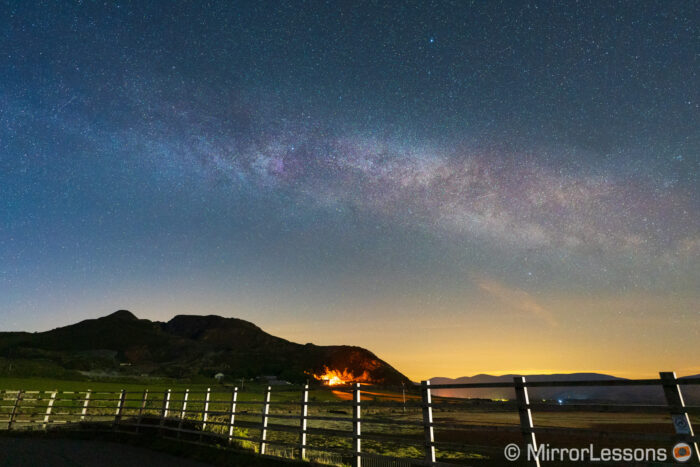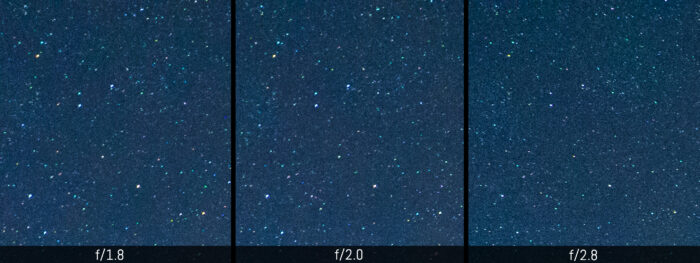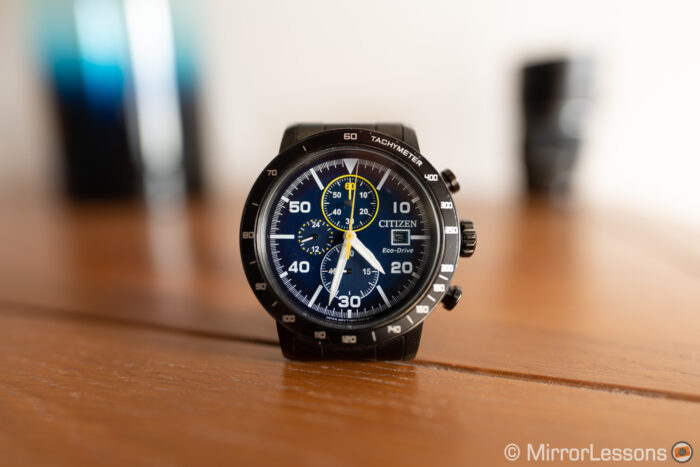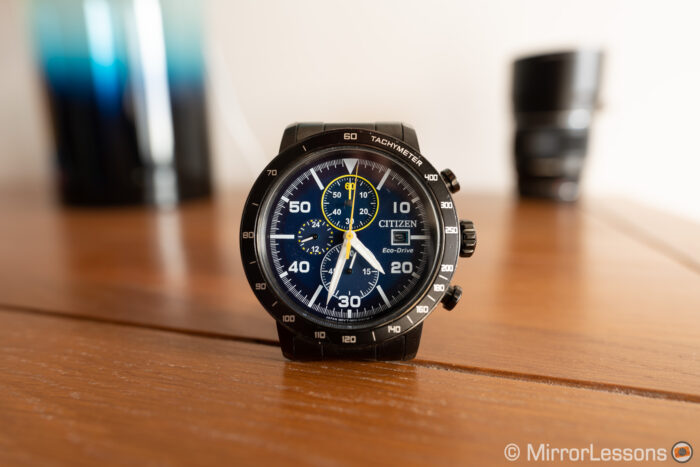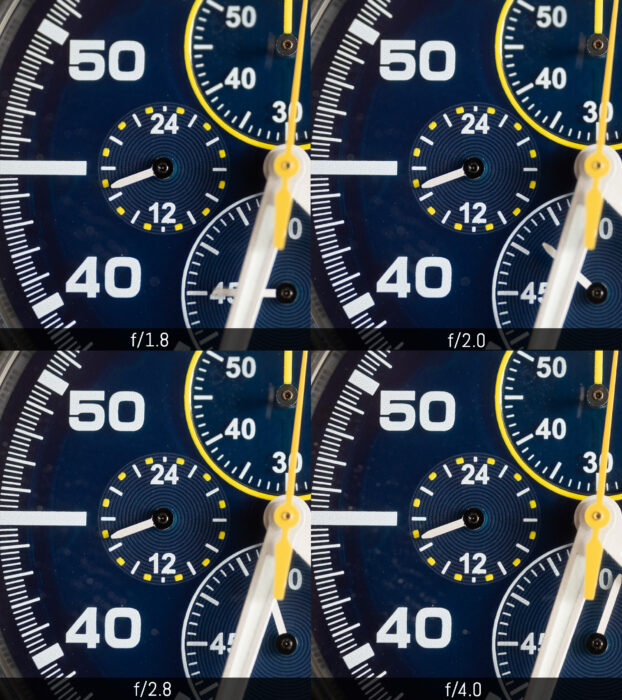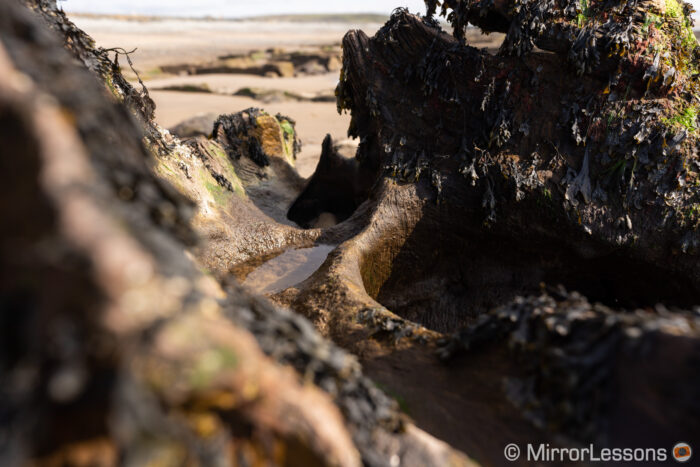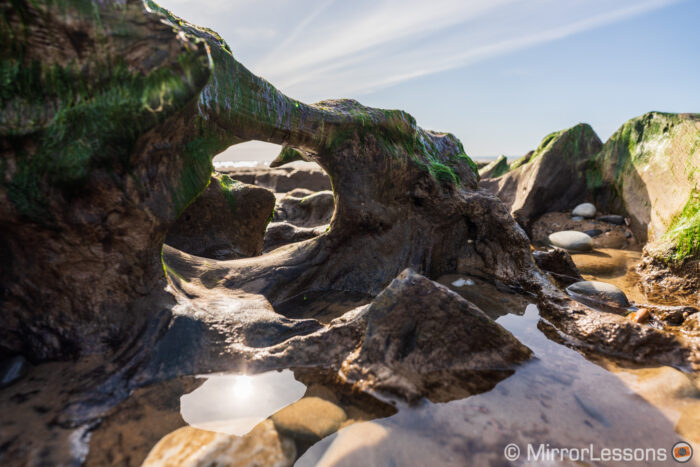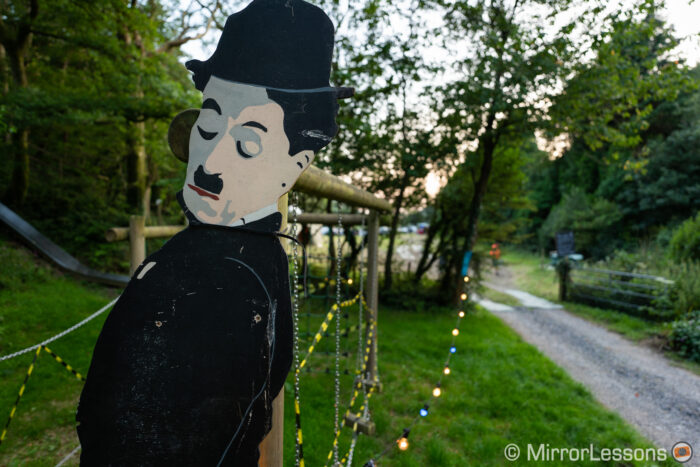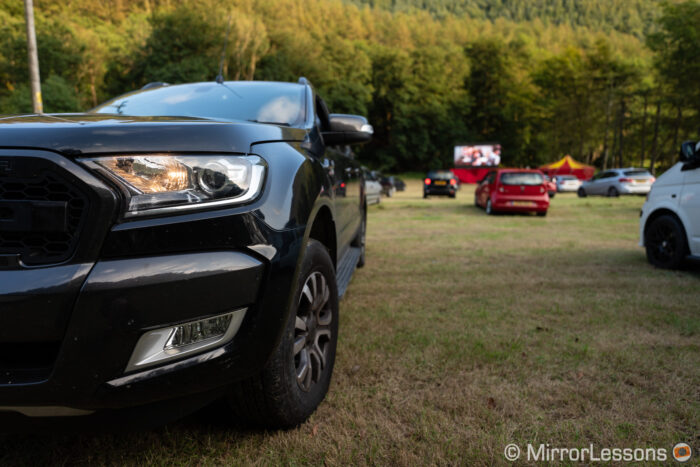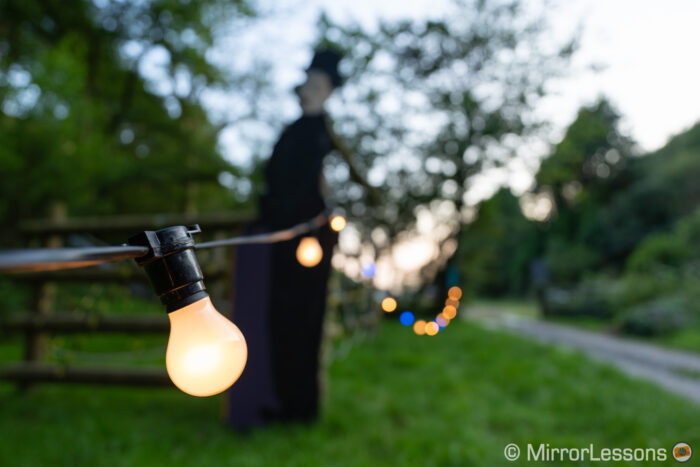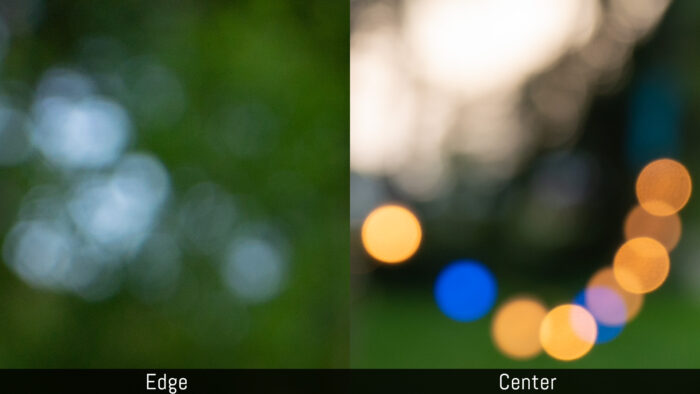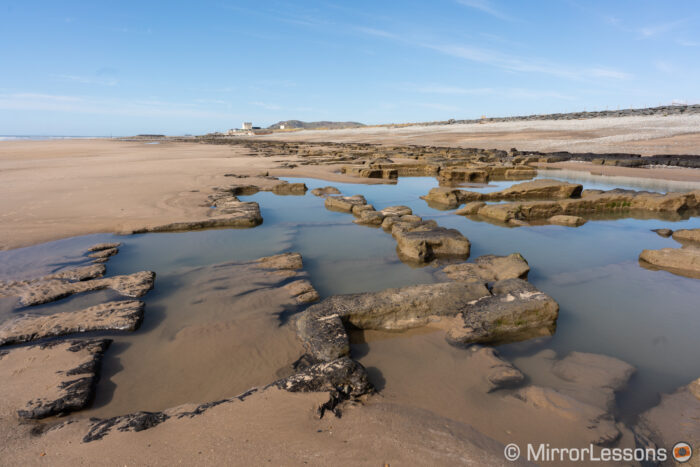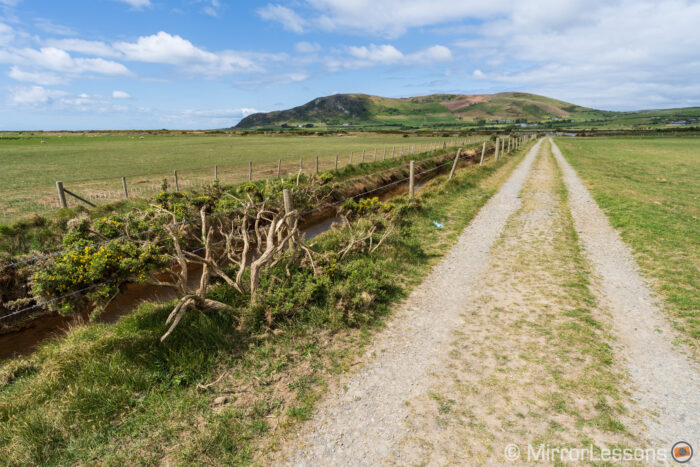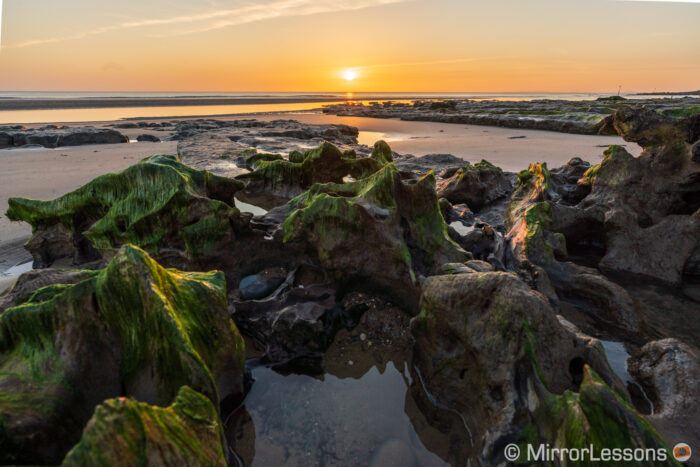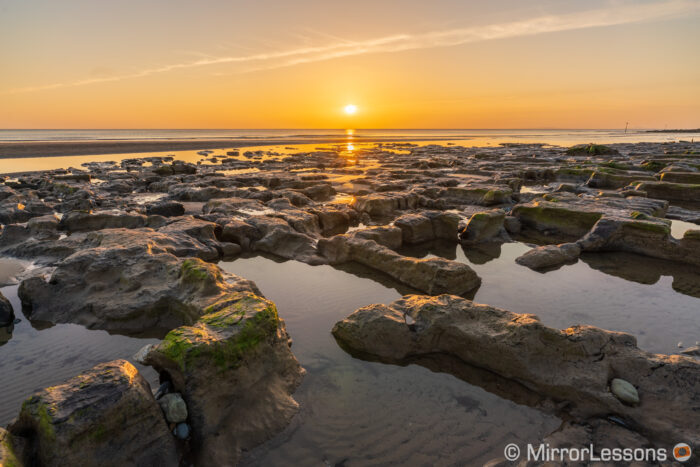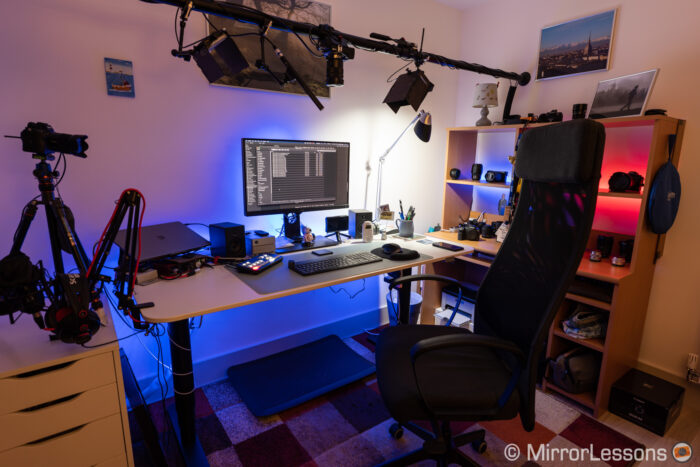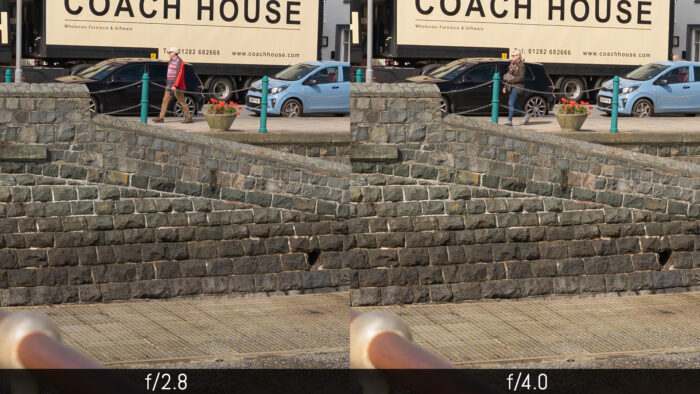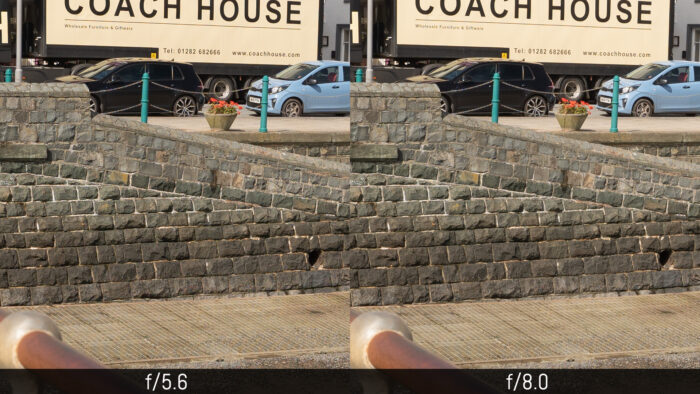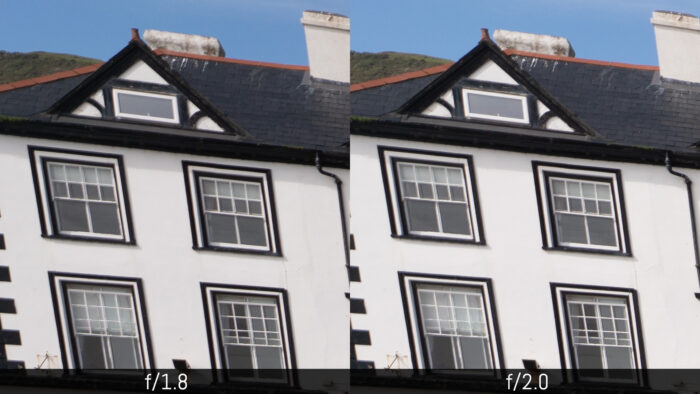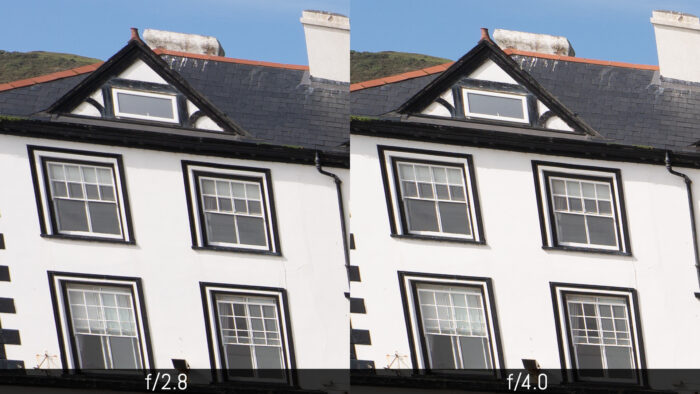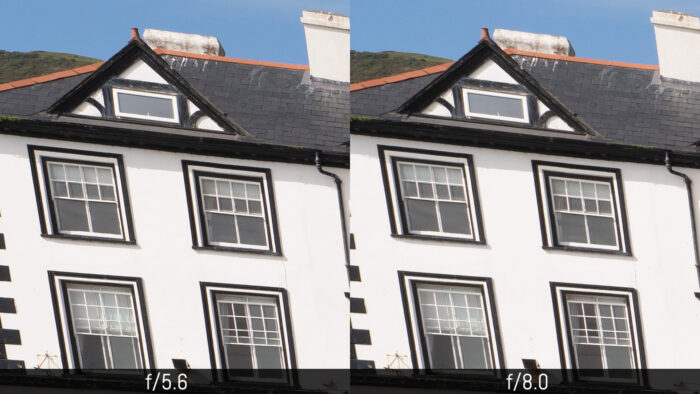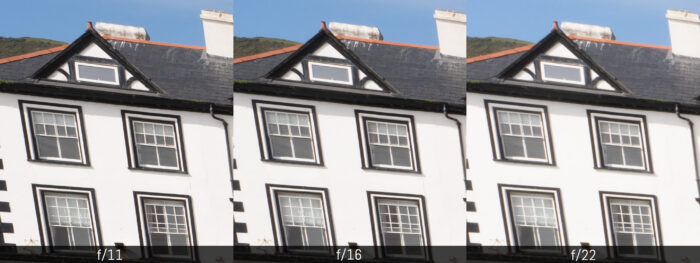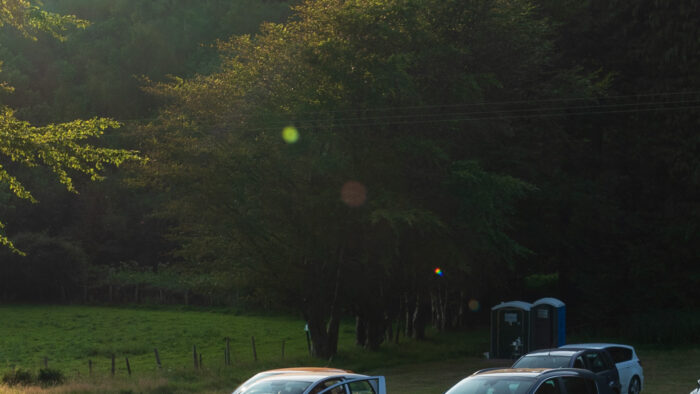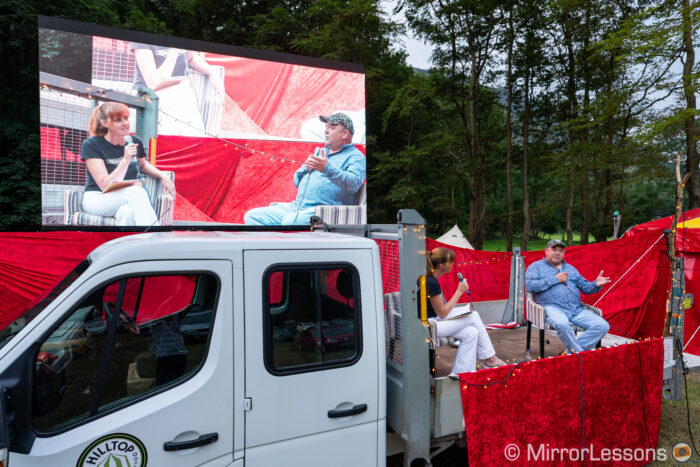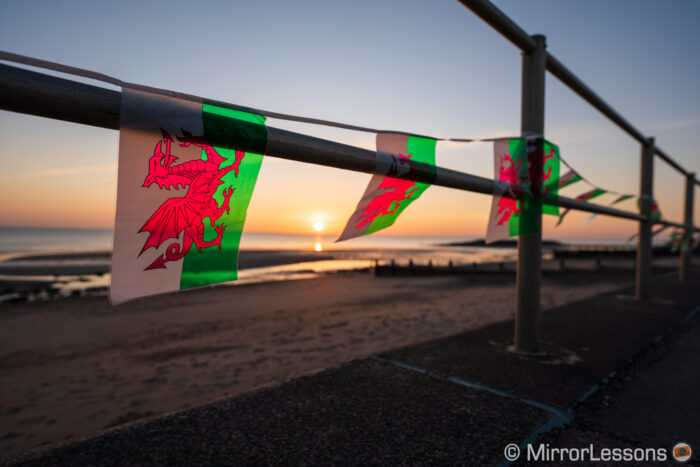I own two A7 bodies (A7 III and A7R III) that I keep mainly for review and comparison purposes, but occasionally, my wife and I use them to cover events with a set of 1.8 prime lenses. (We like to keep our kit as compact as possible.)
What was missing from this set-up was a nice wide angle lens not only to take wide shots indoors but also to capture landscapes and astro photos for my articles. Up until recently, I struggled to settle on a lens, despite there already being a good selection. They were either too expensive, too big, not fast enough or a bit too small and cheap. (I know, I can be picky!)
When Sony announced the 20mm 1.8 G, it seemed to tick all the boxes: it’s compact but not too tiny, has an ergonomic design, is lightweight with a fast aperture, competitively priced and the quality looked very promising. I bit the bullet and bought one at the beginning of the year, just before 2020 took an unexpected turn.
Ethics statement: the article is based on the 20mm lens that we bought for personal use. We were not asked to write anything about this product, nor were we provided any other compensation of any kind. Within the article, there are affiliate links. If you buy something after clicking one of these links, we will receive a small commission. To know more about our ethics, you can visit our full disclosure page. Thank you!
Video Review
If you prefer to watch a video review rather than reading the article, we got you covered. You can see our YouTube episode about the 20mm 1.8 below!
Sony 20mm 1.8G for Astrophotography
Let’s start with the title of this article. A wide angle lens with a fast aperture is potentially a good fit for this fantastic genre, and the area where I live always offers great opportunities to capture the Milky Way (when the weather permits). And the 20mm 1.8 didn’t disappoint.
I took it with me the same night I tested the StarrySky AF function of the E-M1 III. There were some clouds approaching fast so I had to be quick, but you can see how little coma aberration there is in the corners, and how good the image looks at f/1.8.
Close Focus Distance and Shallow Depth of Field
The Sony 20mm can focus as close as 18cm (19cm when using autofocus) which means you can get close enough to small objects like a watch, and the shallow depth of field produced by the short distance and fast aperture can give interesting results like the one below.
Sharpness at 1.8 is already good, but you can stop down to get even better results while also having more of the object in focus. The short distance will help to maintain a good amount of shallow depth of field even at f/4 and the lens shows a good character with pleasant out of focus areas.
Outdoors, you can play with the short focus distance and fast aperture to focus in on small elements. It’s not always easy to get a nice result, but it’s an interesting exercise. The shots below were taken on the beach where the low tide routinely unveils the remains of an ancient petrified forest. Focusing in close allowed me to create what looks like a miniature world with my images.
As for larger subjects or subjects that are further away, it can be a bit more difficult to isolate them because the background can be distracting.
However with the right composition and at the right distance, you can get interesting results and the lens shows very good separation capabilities for such a short focal length.
The bokeh can be pleasant, with nice rounded circles that are clean and preserve their shape even at the edge of the frame.
Use for landscapes, sharpness and other notes
Needless to say, the lens will work fine for landscapes. The lens is razor sharp at the centre and in the corners once stopped down which is what you’ll need most of the time in nature. In fact I have to say I quite like this angle of view for this genre.
I haven’t had the chance to take a lot of architecture shots, but it is wide enough to capture small rooms like my office.
Speaking of sharpness, I imagine you’re curious to see the difference at the centre and corners between the various apertures, so here is a quick test showcasing exactly that.
You can see that sharpness is already very good at 1.8 at the centre. Corners are decent but improve from f/2.8.
Sharpness at the center
Sharpness in the corner
It’s been a while since I’ve talked about a single lens. I decided to write this in a different way, basing it mostly on my personal experience and ditching some of the optical quality tests I regularly do for our lens comparisons.
But if you’re wondering about things such as distortion, vignetting and so on, I can sum it up easily. Distortion and vignetting are a non-issue once the lens profile is applied. Chromatic aberration is almost non-existent from f/1.8. As for flare, there can be small ghost and rainbow flares but nothing that can ruin the shot.
Compact and Lightweight Design
Another characteristic I like about the 20mm 1.8G is the compact construction. It feels perfectly balanced on the A7 III and A7R III thanks to its weight of just 373g. It’s not too big or too small either, so you have good ergonomics if you want to hold it firmly when composing with two hands.
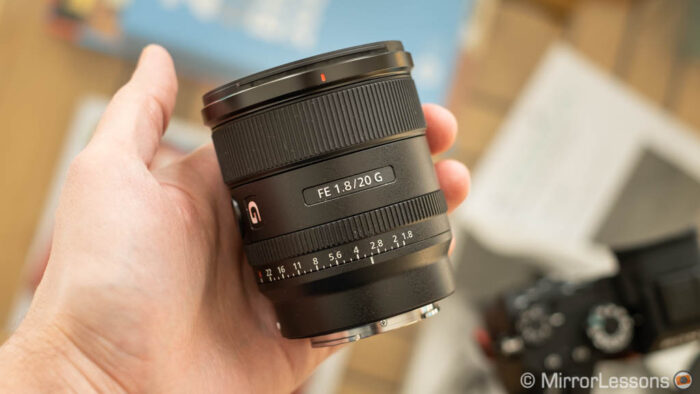
Despite not being part of the premium G Master family, the lens has everything you need: a precise aperture ring that can be de-clicked for video use, an AF/MF switch and a function button. It is dust and moisture resistant too.
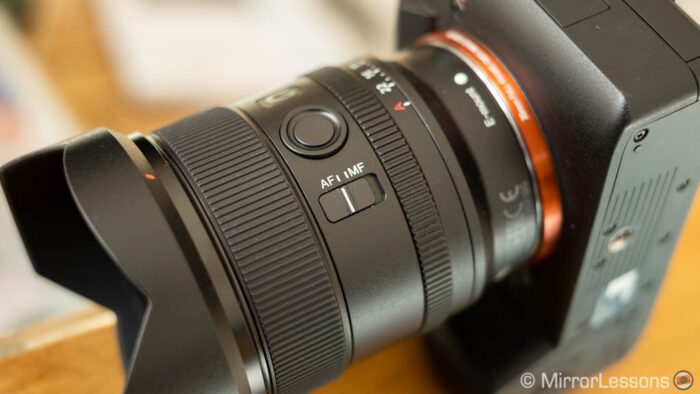
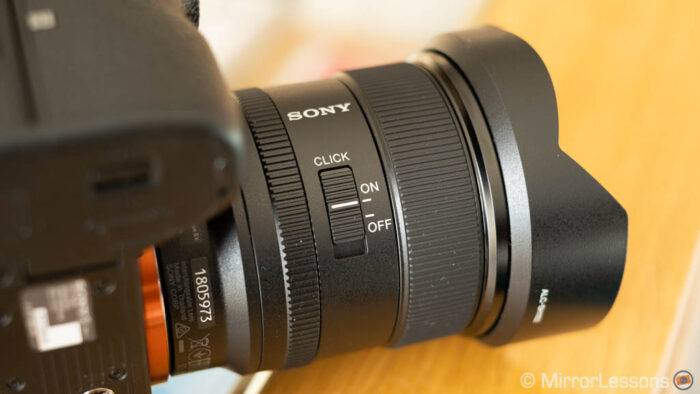
The focus ring is covered in rubber and is very smooth, perhaps a bit too smooth in fact, and that brings us to the only negative aspect of this lens: manual focusing. It’s not terrible, but being fly-by-wire, fine-tuning focus can require some fiddling to find the exact spot you want, especially at close distances.
That said, I don’t use this lens in manual mode a lot. The AF motor is precise and silent, and that’s exactly what I need.
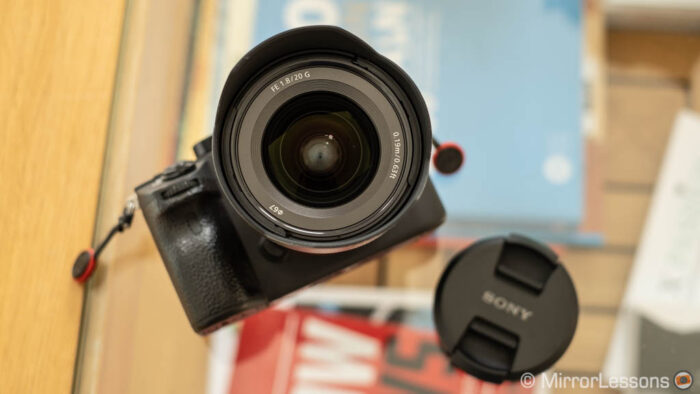
Conclusion
I’ve come to like the Sony 20mm f1.8 G quite a lot, as you might have guessed from the title. It fits all the criteria I look for in a lens for the Sony full-frame E-mount system: compact, sharp, good character and easy to use.
The controls are excellent with only the focus ring being a bit too smooth, as is the case with many fly-by-wire solutions. But I don’t regret buying it for a second.
Check price of the Sony FE 20mm 1.8 G on
Amazon | Amazon UK | B&H Photo | eBay

